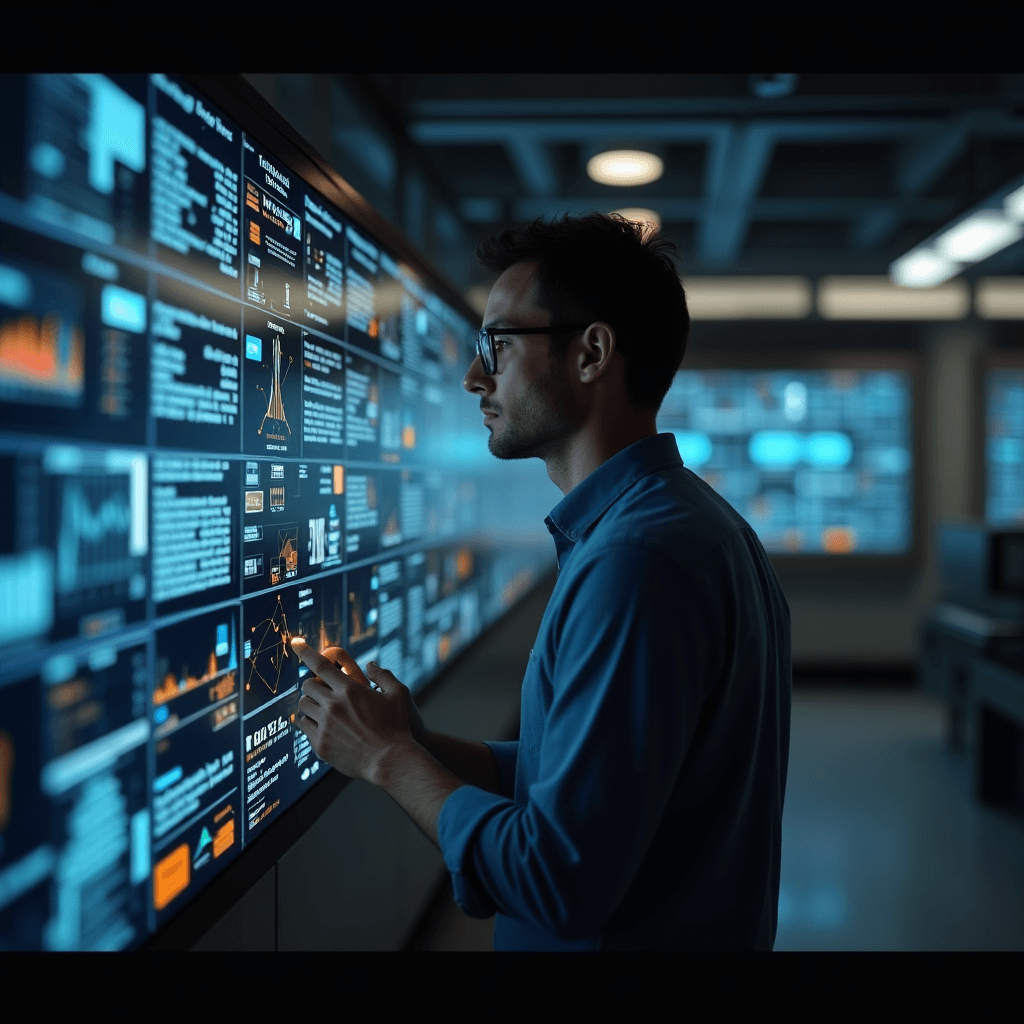
Public sector crisis communications
Stand up early-warning for hostile narratives, map their sources and reach, and trigger a counter-messaging playbook.
Fetching modules...

Osavul’s Social Media Monitoring tool is built to counter online disinformation by detecting emerging narratives across multiple platforms in real time. It combines alerts, sentiment analysis, topic clustering, and multilingual AI to surface actors, origins, and spread patterns, turning findings into actionable insights for strategic communications and rapid response.

Stand up early-warning for hostile narratives, map their sources and reach, and trigger a counter-messaging playbook.

Track harmful claims affecting a company or sector, cluster conversations by topic/sentiment, and prioritize takedowns or clarifications.

Monitor multilingual manipulation attempts, identify key amplifiers and geographies, and feed rapid rebuttals to the democratic processes.
Learn more about Osavul’s public research
Context
A case of information attacks on NATO.
Brief
Delivered by NATO Stratcom COE and Osavul.
Context
How RT avoids sanctions in Germany
Brief
Delivered by Osavul, exposing domains of RT that still operate in the German information space.
Context
A case on FIMI practices used by Russian actors to support Rosatom.
Brief
Delivered by Osavul, exposing FIMI practices in the nuclear industry.
Context
Osavul describes the main narratives in the 1 billion information operation conducted by Russia against Ukraine.
Brief
Delivered by Osavul with the highlight of hostile campaigns against the UA military, civilians, and government.


Learn what the media says about Osavul

By signing up to receive emails from Osavul, you agree to our Privacy Policy. We treat your info responsibly. Unsubscribe anytime.